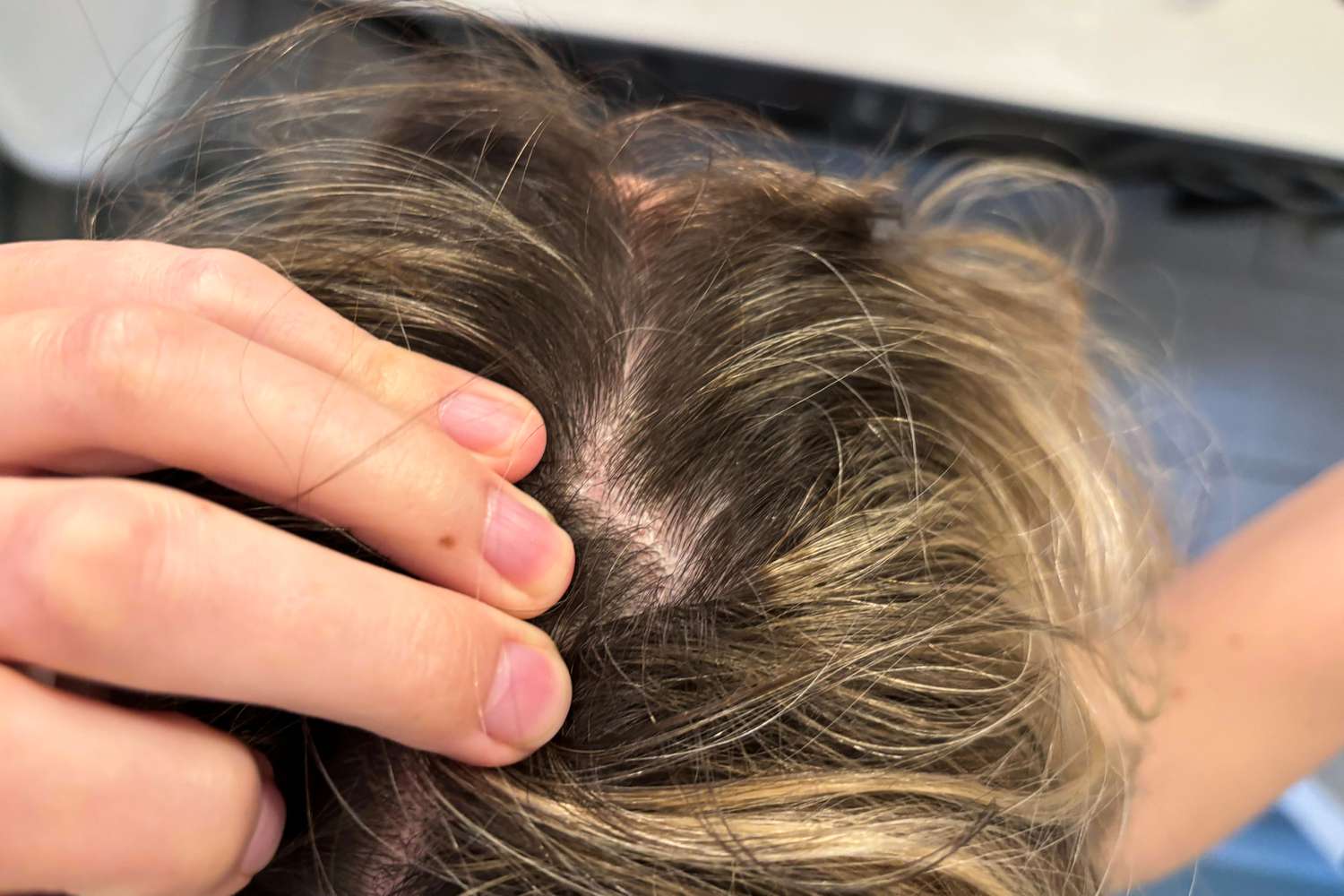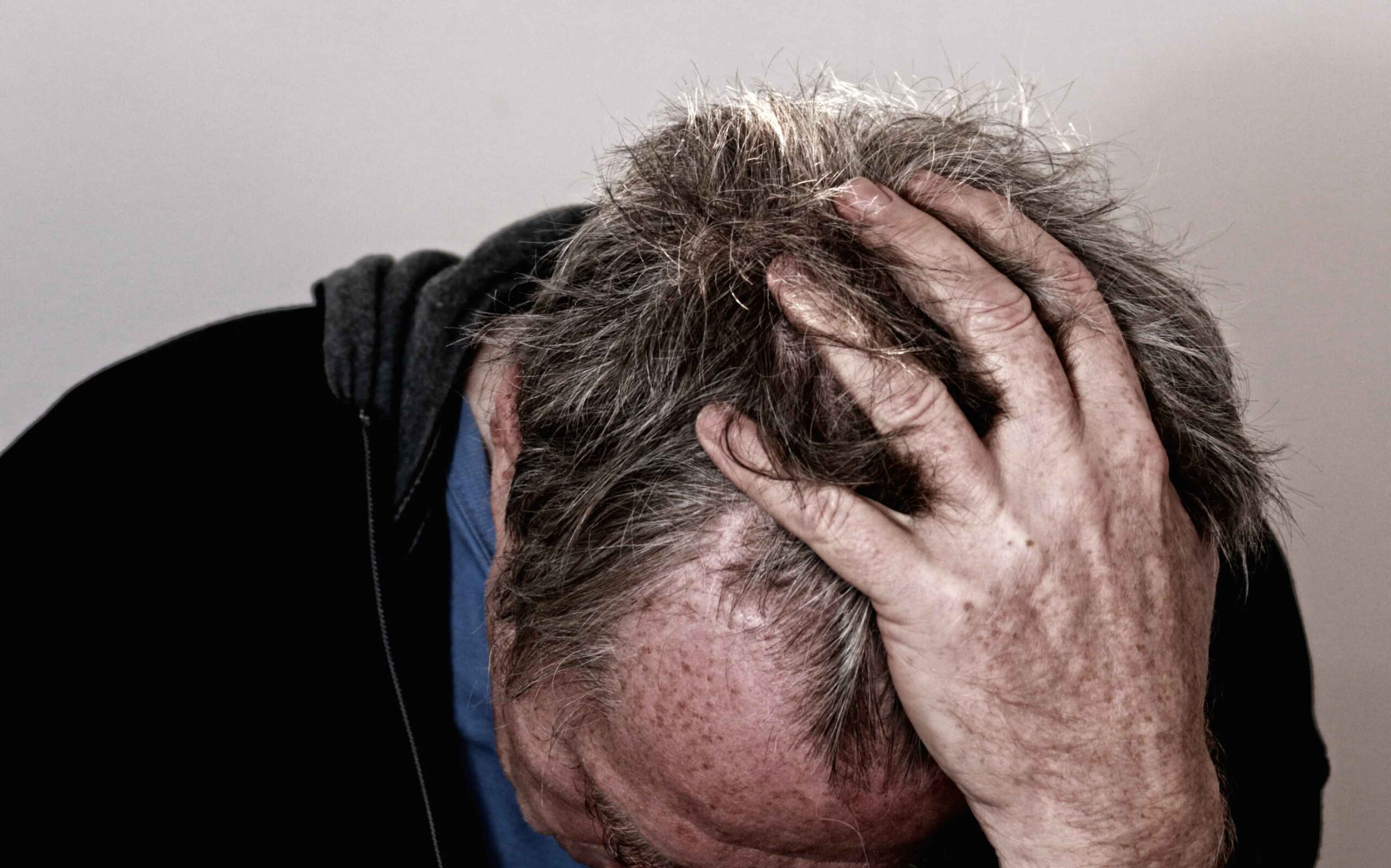Understanding Tirzepatide and Its Mechanism of Action
Tirzepatide, a novel medication recently approved for the treatment of type 2 diabetes, operates through a unique mechanism that combines the effects of two incretin hormones: glucagon-like peptide-1 (GLP-1) and glucose-dependent insulinotropic polypeptide (GIP). This dual action not only enhances insulin secretion in response to meals but also suppresses glucagon release, thereby improving glycemic control. However, as with any medication, it is crucial to understand the potential side effects associated with its use. Among these side effects, there are reports suggesting a possible link between tirzepatide and hair loss. Clinical trials investigating the safety and efficacy of tirzepatide have noted instances of alopecia, raising concerns for patients and healthcare providers alike regarding the implications of this medication on hair health. While the primary focus of tirzepatide is managing diabetes, it is essential to consider the broader spectrum of its effects on the body, including any adverse reactions that may arise during treatment.
Exploring the Side Effects of Tirzepatide
As I delve deeper into the side effects of tirzepatide, it becomes evident that hair loss is a notable concern for some patients. While the medication is primarily designed to help manage blood sugar levels, the potential for alopecia has surfaced in discussions surrounding its use. Clinical trials have yielded mixed results regarding the relationship between tirzepatide and hair loss; some studies have documented cases of alopecia among participants, while others have not established a definitive link. This inconsistency in findings can be perplexing for patients who are already managing the challenges of diabetes. It is crucial to approach these reports with a balanced perspective, recognizing that while hair loss may occur in some individuals, it is not universally experienced. Understanding the nuances of these side effects can aid in making informed decisions about the use of tirzepatide and managing expectations during treatment.
Investigating the Link Between Tirzepatide and Hair Loss
The investigation into the potential link between tirzepatide and hair loss is a topic of increasing interest among both patients and healthcare professionals. Anecdotal evidence from patient reports suggests that some individuals have experienced alopecia while undergoing treatment with tirzepatide. This connection raises important questions about the underlying mechanisms that may contribute to hair loss in these patients. While the exact cause remains unclear, it is essential to consider that medications can affect individuals differently, and factors such as genetics, overall health, and concurrent treatments may play a role. As I explore this topic further, it becomes evident that the relationship between tirzepatide and hair loss warrants careful examination and continued research to better understand the implications for those who may be affected.
Reviewing Clinical Trials and Patient Reports

In reviewing clinical trials and patient reports concerning tirzepatide, it is clear that hair loss is a side effect that has been noted in some individuals. The data collected from these trials indicate that alopecia may be linked to the use of this diabetes medication, prompting further investigation into its safety profile. As I analyze the findings, I recognize that while some patients have reported hair loss, others have not experienced this side effect, highlighting the variability in individual responses to tirzepatide. This disparity underscores the importance of ongoing research to clarify the relationship between the medication and hair health. By examining both clinical data and personal accounts, we can gain a more comprehensive understanding of the potential risks associated with tirzepatide, ultimately guiding patients and healthcare providers in making informed treatment decisions.
Assessing the Impact on Thyroid Function
The impact of tirzepatide on thyroid function is another area that warrants further exploration, particularly in relation to hair loss. Some patient reports suggest a possible connection between tirzepatide use and changes in thyroid health, which could, in turn, influence hair growth and shedding. Thyroid hormones play a critical role in regulating various bodily functions, including the hair growth cycle. Therefore, any alterations in thyroid function as a result of tirzepatide could potentially contribute to alopecia in susceptible individuals. As I consider the implications of these findings, it becomes evident that additional clinical trials are necessary to better understand the interplay between tirzepatide, thyroid function, and hair loss. This knowledge is vital for ensuring the safety and well-being of patients undergoing treatment with this medication.
Evaluating Scalp Health in Patients Using Tirzepatide
In evaluating the scalp health of patients using tirzepatide, it is essential to recognize that hair loss concerns may arise as a side effect of this diabetes medication. As I review the clinical trials conducted on tirzepatide, I find that the evaluation of scalp health is often overlooked in discussions about the medication’s safety profile. Understanding how tirzepatide affects scalp conditions, such as inflammation or changes in sebum production, could offer valuable insights into the mechanisms behind hair loss. By prioritizing the assessment of scalp health in future clinical trials, researchers can provide a more comprehensive understanding of the potential side effects associated with tirzepatide. This focus on scalp health not only addresses patient concerns regarding hair loss but also contributes to the broader conversation about the holistic effects of diabetes medications on overall well-being.
The research surrounding tirzepatide, a novel medication for type 2 diabetes and obesity, has been gaining significant attention. However, the specific question of whether tirzepatide causes hair loss is still an emerging area of interest, with ongoing studies and discussions in the scientific community.

Current Trends in Research of Tirzepatide
1. Metabolic Effects and Side Effects: Most research on tirzepatide has focused on its metabolic benefits, such as weight loss and glycemic control. However, as more patients use the drug, there is a growing interest in understanding its side effects, including hair loss. Some anecdotal reports suggest hair thinning among users, prompting researchers to investigate this phenomenon more rigorously.
2. Mechanisms of Action: Tirzepatide mimics two hormones, GLP-1 and GIP, which play roles in glucose regulation and appetite control. Researchers are exploring how these hormonal changes might indirectly affect hair growth cycles, as hormonal imbalances can influence hair health.
3. Patient Reports and Observational Studies: Social media and patient forums have become platforms for individuals to share their experiences with tirzepatide, including concerns about hair loss. Observational studies are being initiated to quantify these reports and understand the prevalence and potential causative factors.
Areas of Popularity
1. Weight Loss and Diabetes Management: The primary focus remains on the efficacy of tirzepatide in managing weight and diabetes. Research continues to thrive in these areas, with numerous clinical trials and publications supporting its benefits.
2. Long-term Safety Profiles: As tirzepatide is relatively new, understanding its long-term safety profile is crucial. This includes monitoring for any adverse effects like hair loss, which could emerge over extended use.
Areas Lacking Attention
1. Hair Loss Mechanisms: While there are discussions about hair loss, there is a lack of comprehensive studies investigating the biological mechanisms behind this side effect. More targeted research is needed to explore how tirzepatide interacts with hair follicle biology.
2. Demographic Variability: There’s limited research on how different populations (age, gender, genetic predispositions) may experience hair loss as a side effect of tirzepatide. Understanding these variables could lead to more personalized treatment approaches.
3. Comparative Studies: There is a need for studies comparing tirzepatide with other treatments for diabetes and obesity, particularly regarding hair loss. This could help clarify if the side effect is unique to tirzepatide or common among similar medications.
Conclusion
In summary, while the excitement around tirzepatide continues to grow, particularly for its metabolic benefits, the conversation around hair loss is just beginning to surface. Researchers are starting to explore this potentially significant side effect, but there remains a substantial gap in understanding its mechanisms and prevalence. As the body of research expands, it will be essential to monitor how these findings evolve and how they impact patient care and treatment decisions. Engaging in this dialogue will not only enhance our understanding but also ensure that patient experiences are validated and addressed.
- Tirzepatide and Hair Loss: Side Effects Explored - July 2, 2025
- Unlock the Mystery: Are Your Headaches a Sign of Hypertension? - June 24, 2025
- Boost Your Heart: Omega-3 and Blood Pressure Secrets - June 14, 2025






